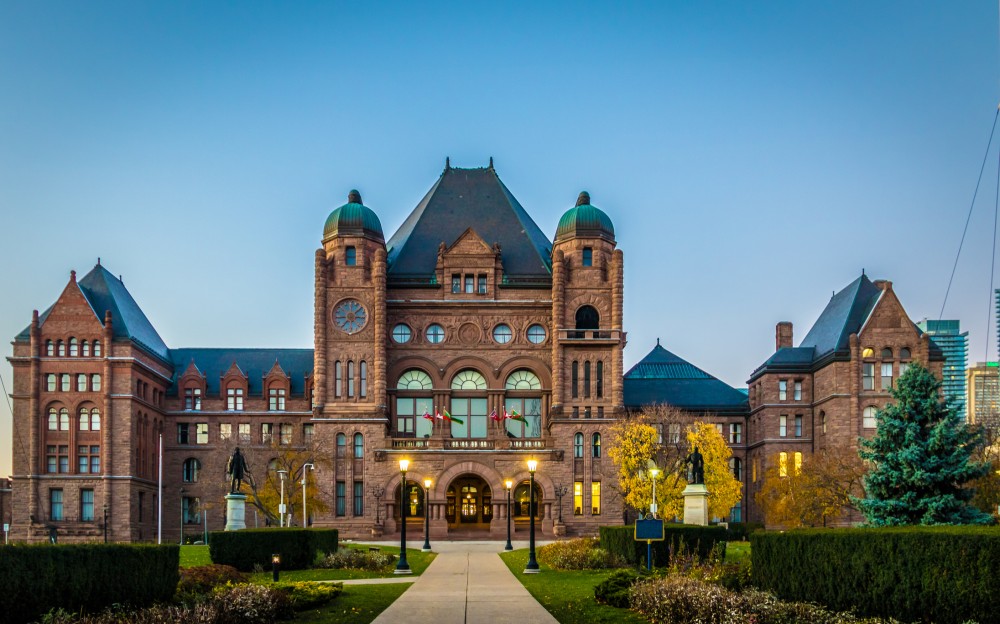TORONTO, ON — Guru Gurumurthy, Senior Analyst of the Pembina Institute’s electricity program, made the following statement in response to Ontario’s Minister of Energy and Electrification announcing its integrated energy plan
“Today’s announcement by the Government of Ontario marks an important milestone for the province to manage its energy demand while continuing to attract investment and create jobs.
“It is good to see the province working towards meeting its projected demand growth with an integrated energy plan that includes sustainability goals, transmission planning and clean electricity exports, but it is critical that the province prioritizes non-emitting sources of energy to maintain its clean energy advantage. It is encouraging to see a downward trend in electricity sector emissions following key nuclear refurbishments and it is crucial that the Government of Ontario maintains this trend by prioritizing non-emitting sources.
“We look forward to seeing more details in the integrated energy plan for increasing renewable energy sources onto the grid – a key aspect of meeting growing electricity demand affordably – and clear timelines for reducing emissions in the energy sector.
“While we appreciate the Ontario Government’s commitment to achieve its 2030 emissions reduction target with clean electricity, we recommend economy-wide carbon pricing remain part of its plan. Together, with existing rebates in place for consumers, this ensures there is incentive to reduce all emissions and makes most households better off in terms of affordability.
“Modernizing the provincial grid also offers a key opportunity for the province to help meet rising electricity demand affordably by applying policies and technologies. Updating electricity regulations can support innovation and align all system actors towards achieving provincial energy goals without compromising the province’s clean energy advantage. Unveiling new energy efficiency programs through the integrated energy plan is a good step.
“Today’s announcement shows the province is committed to meeting modern day needs while providing a place for industry and Ontarians to grow. Ontario has a lot to gain from growing its clean electricity mix and modernizing its grid.”
[30]
Key facts
- The province’s Independent Electricity System Operator (IESO) anticipates a 75% increase in electricity demand by 2050.
- Ontario’s grid is currently 89% emissions free. While this is still impressive, it is a dip from its 96% non-emitting grid of 2017.
- Ontario’s abundance of hydroelectricity and existing nuclear has encouraged significant investments from emerging industries and offers a wealth of economic opportunities for the province.
- Gas generation in Ontario is forecast to account for almost one quarter of Ontario’s electricity supply by 2030 due to rising demand and a short-term dip in nuclear generation during planned refurbishments.
Conservation and demand management programs have been a priority in Ontario for more than 20 years. These programs have helped reduce demand by 15% compared to what it would be today.
Contact
Courtney Smith
Senior Communications Lead, Pembina Institute
647-797-9353
Background
Report: Optimizing Ontario: Regulatory solutions to sustainably meet growing demand
Op-ed: As Alberta shows renewables the door, other jurisdictions are reaping the benefits




